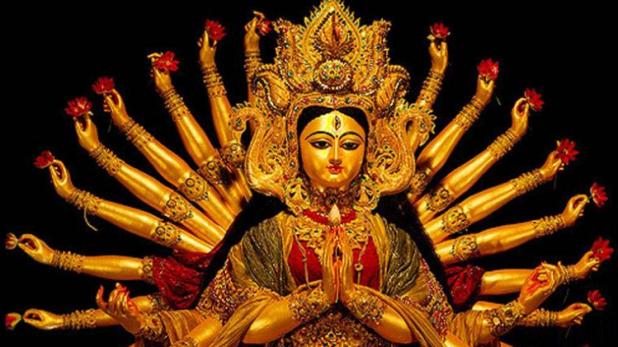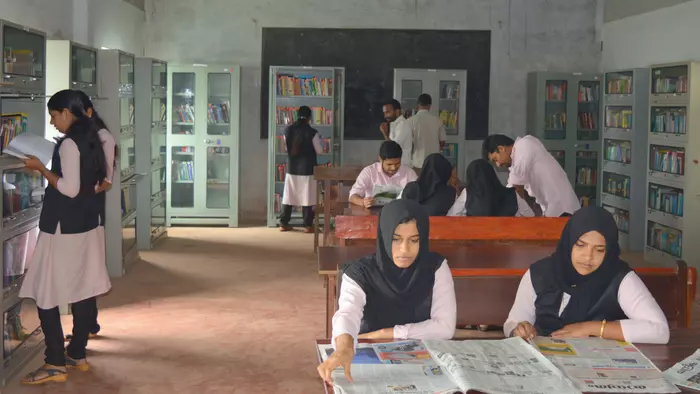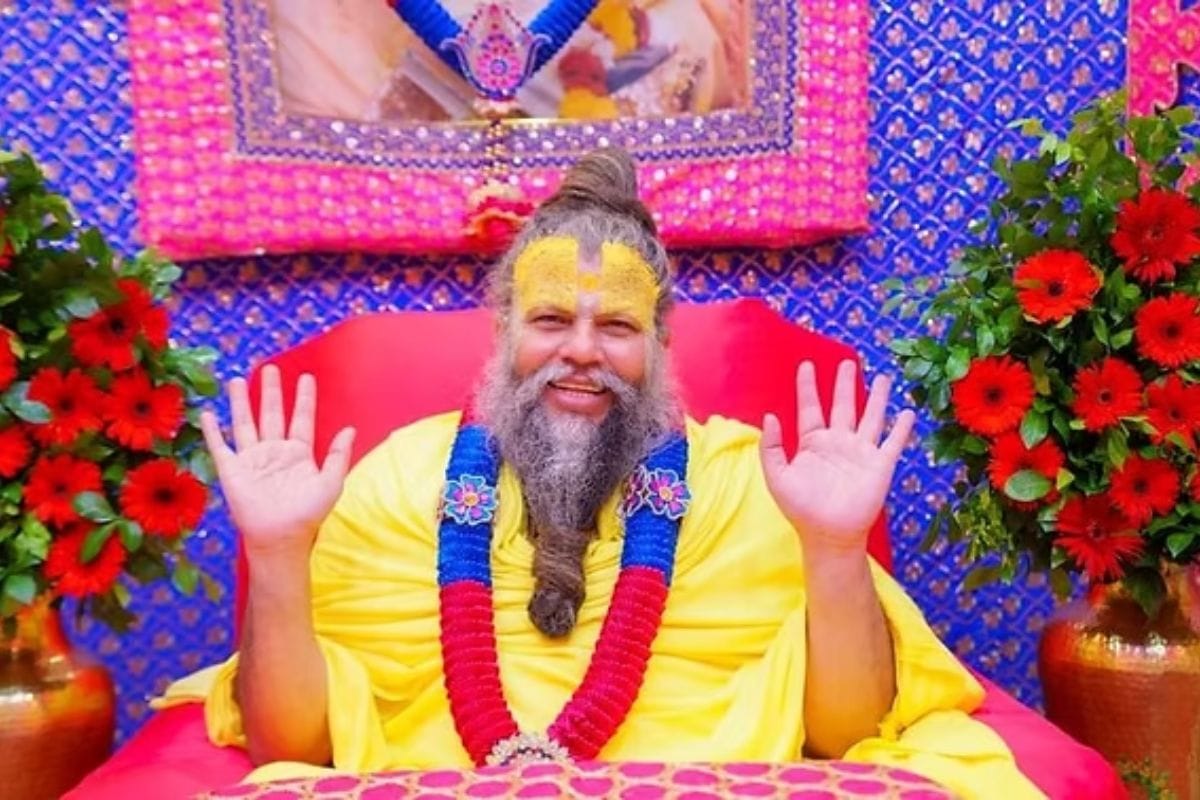It is that time of the year again in India when the goddess is worshipped for nine days/nights known as Navaratri/Navdurga across India in various ways. ‘Devi’ the Sanskrit word for ‘goddess’ is not simply the masculine form of ‘Deva’ or God. She is worshipped as an individual entity, a supreme being in the Shakta tradition of Hinduism.
The cultural obsession with mother goddess is one of the few common strands in almost all ancient civilisations from Greece and Rome to the Indus Valley civilisation where the roots of goddess worship in India can be traced to.
Leading Indian Mythologist Devdutt Pattanaik says, “The image of the buffalo-slaying lion-riding Durga starts appearing in Hindu mythology only in the post-Gupta period, around 1,500 years ago. Amongst the earliest images we know today is one from Ajanta and Ellora caves in Maharashtra, and from Mammalapuram dated before 7th century. Earlier icons have been traced to the Guntur district of Andhra Pradesh. After this, the goddess becomes a popular icon in Hindu temples; so much so, that it is hard to believe that there was once Hinduism without the story of Mahishasuramardini, the buffalo-slaying goddess.”
Historically, goddesses can be classified loosely into three categories. The ‘Warrior goddesses’ also known as the ‘Teeth goddesses’ are ferocious demon slayers who win wars for the gods. In the Indian Hindu pantheon, these would be Durga and Kaali. The ‘Nurturer’ or the ‘breast goddess’, who are essentially the spouses of a god. They perform the role of blessing and nourishing, like Lakshmi and Gauri. The third stream is of ‘local Devis‘ like the Sheetla and Santoshi who are more popular among the masses as cults that perform the function of bringing adversity/illness and also its remedy as per popular beliefs.
Indian feminists and modern Indian women have begun to question this eschewed goddess symbolism as it has also been used as an active tool of patriarchal oppression.
Some of the most prominent goddesses even in other cultures and mythologies have been mothers and larger than life symbols of ideal motherhood – for example, the Egyptian Isis, the Greek Demeter or in Catholicism, Mary as the mother of Jesus. But in no other culture are little girls worshipped as devis as is done in India.
Devi/Goddess in Modern Feminism
The modern Goddess movement turned towards the reconstruction of many of the early traditions for a new generation of women who were constantly in conflict with their patriarchal societies that worshipped goddesses but discriminated against and exploited their real flesh and blood women in the worst possible ways.
Also read: In Diwali, It’s Not Just The Crackers Which Are A Problem
Also in spite of viewing and giving importance to various aspects of nature like rivers and even the Earth as mother, there was no hindrance in their exploitation to meet commercial ends. This finds resonance in various discourses of modern eco-feminism. Dr. Clarissa Pinkola Estes in her feminist psychoanalysis treatise Women Who Run with the Wolves and various other similar texts say that the most significant aspect of the goddess is not the motherhood but their struggle with loss, evil, and injustice. According to Amelia Quint, “Feminists have fought for the right to flourish outside the home, yet feminist spirituality in many ways returns them to that sphere.”
Several western feminists and plenty of women globally find Hindu goddesses inspirational and givers of inner strength. However, Indian feminists and modern Indian women have begun to question this eschewed goddess symbolism as it has also been used as an active tool of patriarchal oppression. An intricate feminist analysis of Hindu mythology often reveals codes that show the goddess, though present, is inferior to male god or is created by one of them or several of them collectively to fight their wars and thus denied any independent agency.
The little pre-pubertal girls who are worshipped on the eighth and/or ninth day of Navratris are often abused and discriminated against.
There are so many Devi temples where menstruating women or perceived lower caste women are even prohibited from entering, plenty of places of worship of Devi where only men are allowed in the inner sanctums and not women. The little pre-pubertal girls who are worshipped on the eighth and/or ninth day of Navratris as Kanjak or kanya are often abused, discriminated against and shunned for being born as girls for the rest of the days and are supposed to be ‘impure’ to be worshipped once they start having periods.
The Need Of Contemporary Understanding Of Devi
We are living in a highly polarised world and with movements against sexual discrimination and oppression like the recent #MeToo that emerged in the West but gained ground in India, it is time to diversify the concept of the goddess.
Almost all cultures that consider the earth as Mother thus must do things to curb the damage to the environment around them. In fact, some feel, “The Goddess might well be a projection of male fantasy of womanhood, but women, as throughout history, could use the tools of subversion and reversal to find what they wish for in the symbol.”
A few years ago, Taproot India developed a campaign that presented the images of the three main Hindu goddesses – Durga, Saraswati, and Lakshmi, the in their finery but their faces bearing bruises and injuries indicative of violence against women.
Also read: Durga Puja: Whose Destruction Are We Celebrating Exactly?
It is time, maybe that all these symbols related to Goddess need to be re-imagined to suit the present climate and the chest thumping “Jai Mata Di, Mata ki Jai”, the ostentatious Devi worship needs to be followed by if not replaced with a safer and more equal life for real girls and women.
References
1. Women Who Run With the Wolves: Myths and Stories of the Wild Woman Archetype by Clarissa Pinkola Estés.
2. An Introduction to Hinduism by Gavin D. Flood
3. Political Theology
Featured Image Source: Aaj Tak
About the author(s)
Pooja Priyamvada is a columnist, professional translator and an online content and Social Media consultant. She is also a writer/poet/editor/ and a bi-lingual blogger formerly also radio announcer and lecturer. She has an M.Phil. in English Literature from Panjab University and speaks vociferously about issues of gender, identity and marginalisation at a wide variety of platforms and mediums. A single parent and fibromyalgia survivor, she believes that she derives her strength from being a voracious reader and a tea connoisseur. Both her blogs have been awarded several times consecutively at the Orange Flower Awards and she has been associated with reputed national and international online addresses like The Mighty, Menstrupedia, Women’s Web, Feminism In India, ShethePeopleTV, Momspresso, Sheroes, Bonobology, Writersmelon and Sadaneera. Her translation titled A Night in the Hills, a collection of short stories by Manav Kaul has been published by Westland Books recently, besides she also translates for other forums like the Sahitya Akademi and The Raza Foundation. She is the author of an e-book Mental Health: A Primer. Her poetry and fiction have been published in several reputed online journals and print anthologies in India, UK and Canada and a few poems can be read with a hot cup of coffee on the walls of The Human Bean Cafe, Cobourg, Toronto. She has been featured amongst “10 Indian Women Bloggers you must follow” and “25 writers whose work readers enjoyed the most” at Women’s Web in 2018 and also in “Most empowering moments by Indian women” by SheThePeopleTV .





Don’t know what I’ve trying to point out.So you want men to worship women ?You are activist of gender discrimination and at the same time you are trying to encourage it?
Women should be considered women and men as men.Stop this devi concept.No men and women are pure on this earth.How can u compare yourself with Durga,Lakshami etc.So Men shall also start considering themselves as Brahma,Vishnu n Mahesh?You women are too dying of corona,dying of other diseases too,getting harrassed n molested,cheating your partners,drinking ,partying ,sleeping with strangers,losing virginity before marriage,you too aren’t able to save anyone from anything,you women too are battling with life,You are struggling too to get success..And u all are going through all this after being a devi??A big question on Hinduism then where common woman start considering themselves as devi.
Your whole life process is same as men’s.Nothing different.
So u r considering yourself as devi?A status above men?At the same time you want no gender discrimination.What an irony